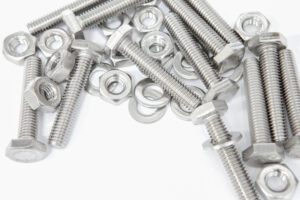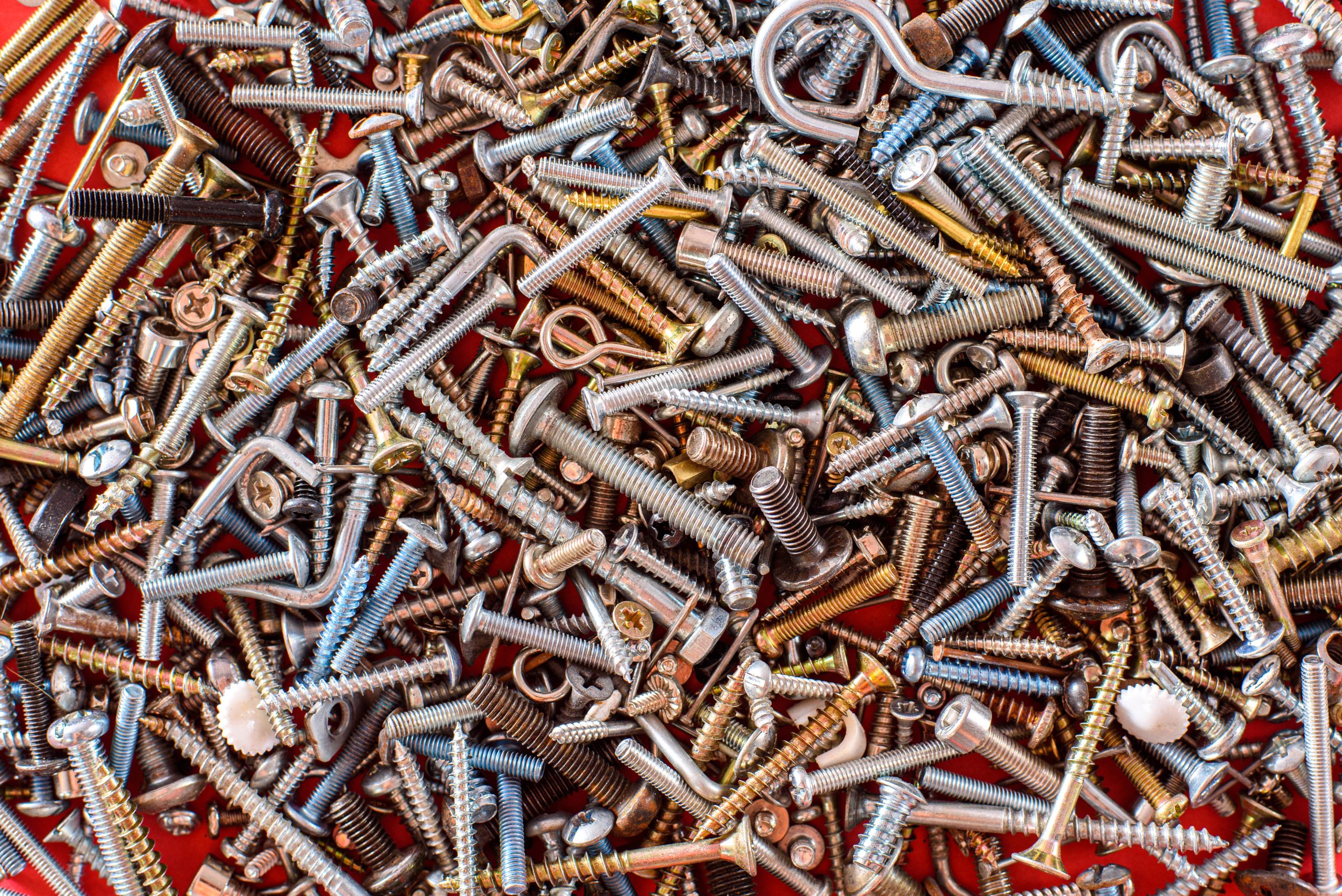
Fasteners come in all kinds of alloys, materials, and finishes. In fact, there are a number of ways you can customize your fasteners to create unique characteristics that fit your requirements. One of the most popular and versatile treatments used for fasteners is electro-plating, or just plating for short.
The process begins with cleaning the fastener with alkaline detergent solutions before treating it with acid. This removes any rust, oils, or other impurities on the surface of the fastener and enables a cleaner, most consistent application. Once the fasteners are cleaned, they’re submerged in a zinc bath to initiate the electroplating process through electro-deposition. A direct current is sent through the chemical bath, creating a chemical reaction on the fastener, thus electroplating it.
So why plate fasteners?
Sometimes, you want your fasteners to be appealing, especially for products in which the fasteners will be visible and you want them to look good. This is particularly important when using such fasteners as aluminum hex nuts or steel hex head cap screws which often have scratches or blemishes that make for unattractive products. In this case, plating them using a material such as chrome will give them a shiny, quality look. This is the “beauty” aspect of plating.
But the most common reason for plating fasteners is to provide protection. When fasteners are made from a material that easily corrodes, plating will provide a protective coating to reduce contact with rust-producing water and oxygen. To fight corrosion, zinc is a good choice, providing a durable finish at a low cost. More expensive and toxic, cadmium is often used as a plating material in marine and aviation applications because of its superior rust-resisting qualities.
Chromium is a popular plating choice when a premium finish is desired. Commonly referred to as “chrome-plating”, it is mostly associated with decorative automotive applications, especially for custom cars and show vehicles. It provides a very bright, shiny, and hard protective surface, but can be expensive.
Plating is also used to make it easier to use fasteners. Some plating materials are used to coat the surface of fasteners to reduce friction during use, thus reducing the risk of damage and seizing.
If you’re looking for fasteners that achieve a specific look or provide enhanced characteristics, contact our plating experts here at Electronic Fasteners. We can help you pick the right fastener and plating materials to get the perfect finished product.

